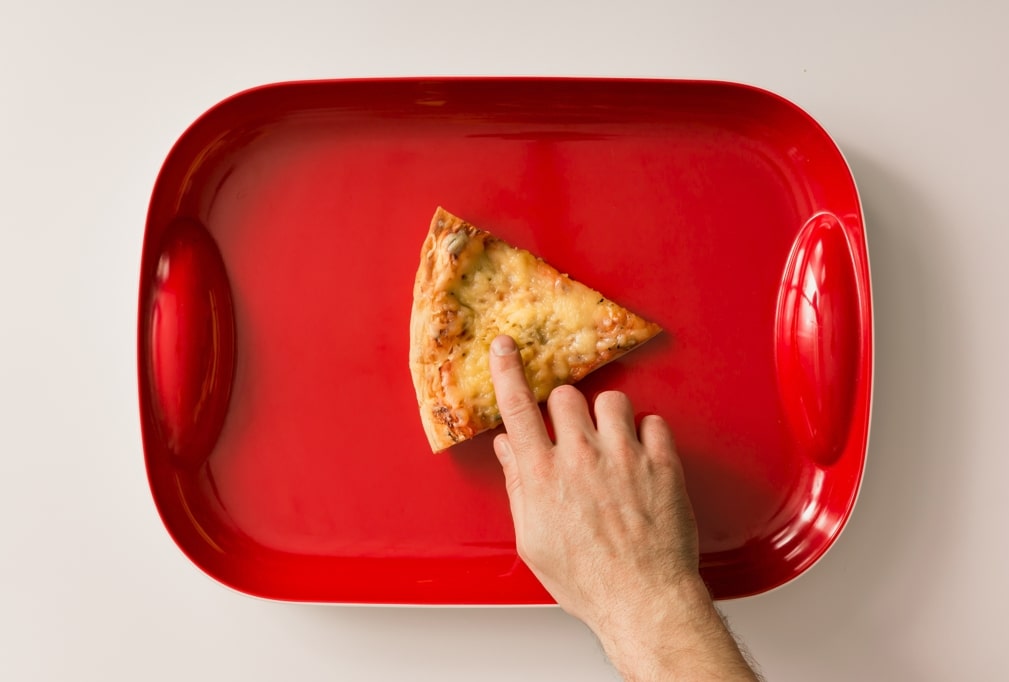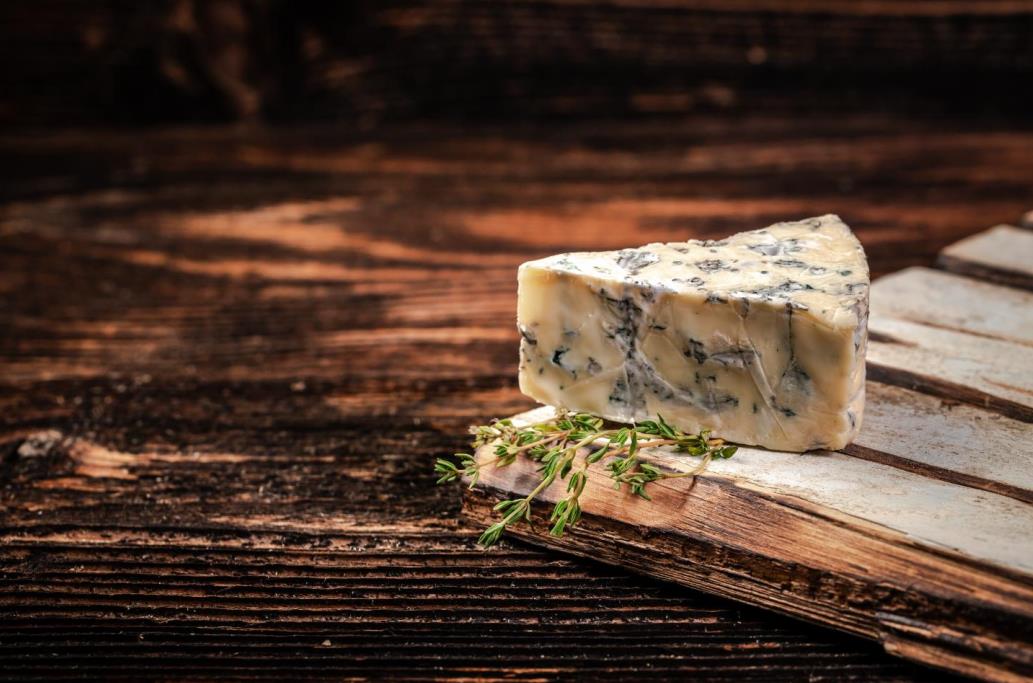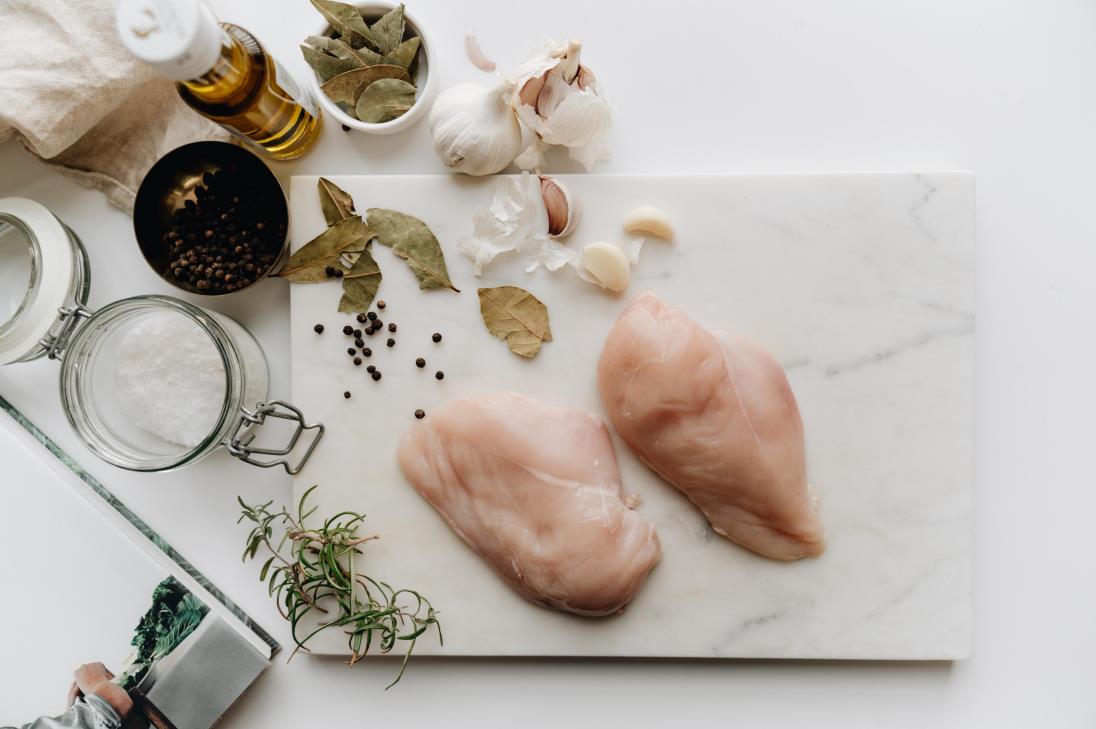Bamboo cutting boards are an excellent alternative to regular wood cutting boards. Chefs love bamboo wood for its eco-friendly nature, durability, and versatility. The wood doesn’t absorb as much moisture as other wood types, so it’s more resistant to warping and cracking. However, like any cutting board, bamboo boards need proper care to keep them in top condition.
Proper bamboo cutting board care involves regular cleaning, oiling, and flattening. Cleaning after each use prevents bacteria build-up and keeps them looking their best. Oiling bamboo cutting boards every few weeks prevents them from drying out and cracking. Flattening ensures a level surface for chopping, dicing, and slicing.
We’ve put together a comprehensive guide on bamboo cutting board care. This guide covers everything from washing and oiling your boards to deep-cleaning tips and tricks.
Table of contents
What’s a bamboo cutting board?

A bamboo cutting board is a cutting board made from bamboo. Essentially, it’s a piece of bamboo cut into strips, carbonized, kiln-dried to remove moisture, and glued together to create a flat surface. The flat piece of wood undergoes treatment, sanding, and finishing processes to create a smooth food-safe surface.
The nature of bamboo makes it an ideal material for cutting boards. Bamboo is grass, not wood, so it’s a composite material, meaning it’s made up of cellulose fibers (which give it strength) and lignin (which gives it flexibility). The high amounts of lignin fibers make bamboo a stronger and more durable material than regular wood.
Handpicked for you
True cutting power in the palm of your hand
Is bamboo good as cutting boards?
Bamboo is an excellent material for cutting boards because it features a similar texture to hardwoods, like maple and cherry. The wood is hard enough to withstand repeated chopping and slicing without dulling knives and is also flexible enough to resist cracking and warping.
Bamboo is a fast-growing grass, so it’s a sustainable and eco-friendly material. The manufacturing process of bamboo cutting boards is also less harmful to the environment than making cutting boards from other materials, like plastic.
Pros and cons
Below are some of the pros and cons of bamboo cutting boards.
Pros
- Eco-friendly
- Durable
- Gentle on knives
- Water-resistant
- Non-slip surface
- Better for the environment
- Bamboo is cheaper
Cons
- Requires regular maintenance
- Adhesives could contain harmful chemicals
- You can’t use it on a hot surface
How to care for bamboo cutting boards
Like any other cutting board, bamboo cutting boards require proper care and maintenance. The assumption that bamboo is a low-maintenance material is a common misconception. Bamboo is a natural material that will degrade over time if neglected.
The importance of caring for bamboo cutting boards
Below are some reasons why caring for your bamboo cutting boards is essential.
- Prevent bacteria build-up: Although bamboo has microbial properties that limit bacterial growth, cleaning your cutting boards after each use is still essential because bacteria can linger on the surface and cause food poisoning.
- Prevent warping and cracking: The leading cause of warping and cracking is exposure to moisture and heat. While it doesn’t absorb as much water as other wood types, bamboo is still a porous material that can swell and warp if it stays in the water for too long.
- Maintain the board’s natural beauty: Regular cleaning and oiling will help maintain the board’s natural color and prevent it from drying out and cracking.
- Increase the board’s lifespan: Keeping the board in mint condition ensures you have a durable cutting surface that will last for years.
How to wash bamboo cutting boards after daily use
Follow these steps to wash your bamboo cutting boards after each use.
- Rinse the board with warm water and mild dish soap: Let the board soak in warm soapy water for a few minutes to loosen any food debris.
- Wipe the board with a clean cloth: Use a soft cloth or sponge to clean the board. Avoid using abrasive pads or scrubbers as they can damage the board’s surface.
- Rinse the board with clean water: Rinse the board with clean water to remove any soap residue.
- Dry the board immediately: Use a clean towel to dry the board. Once dry, position the board vertically and let it air dry.
- Store the board in a cool, dry place: Once the board is completely dry, store it in a cool and dry place. Avoid storing the board in a humid environment as this can cause the board to warp and crack.
Maintaining
Maintaining bamboo cutting boards involves regular oiling and occasional flattening. The mineral oil acts as a barrier and hydrator, allowing the board to keep only a necessary amount of moisture while keeping excess water out.
How to oil bamboo cutting boards
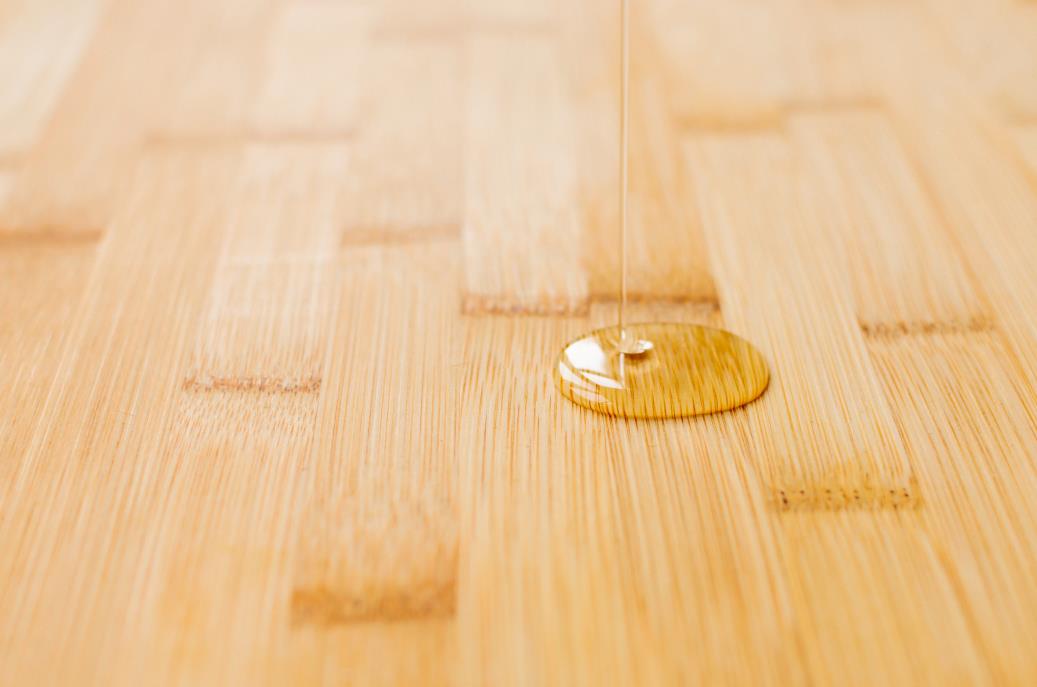
Oiling bamboo cutting boards is a simple process. Below is a step-by-step guide on how to oil your bamboo cutting board.
- Clean the board: Wash the board with warm water and mild dish soap. Wipe it down with a clean cloth or sponge. Rinse the board with clean water and dry it with a clean towel.
- Apply oil: The best bamboo cutting board oil is food-grade mineral oil. Apply a thin layer of oil to the board with a clean cloth. Avoid using too much oil as this can make the board slippery.
- Wipe off excess oil: Use a clean cloth to wipe off any excess oil and let the board absorb the oil overnight.
- Repeat as needed: Oiling the board once a month is sufficient. However, you may need to oil it more frequently if you live in a dry climate or use the board often.
It’s best to avoid coconut oil, sunflower oil, or any other food-based oils as they can go rancid, smell bad and become breeding grounds for bacteria.
How to flatten bamboo cutting boards
At some point, you may notice that your bamboo cutting board is no longer flat. The main cause of this problem is exposure to moisture and heat. Flattening the board is a simple process, but it does require some effort.
You can use several methods to flatten a board, but the most common is the jointer plane method. This method involves using a hand plane to shave off the high spots of the board until it is level. While this method is effective, shaving off too much material can damage the board.
Another common method is the wet method. This method involves soaking the board in water for a few hours, then placing it between two pieces of plywood and weighing it down overnight. Essentially, soaking the board makes it pliant and easier to flatten. Compressing the board between even surfaces helps it retain its new shape.
How to deep clean bamboo cutting boards
Deep cleaning removes all the dirt, debris, stains, and odors from the board. The process involves using a strong cleaning solution and a gentle scrub to remove the build-up.
Below are some methods you can use to deep clean your bamboo cutting board:
Deodorize with a lemon solution
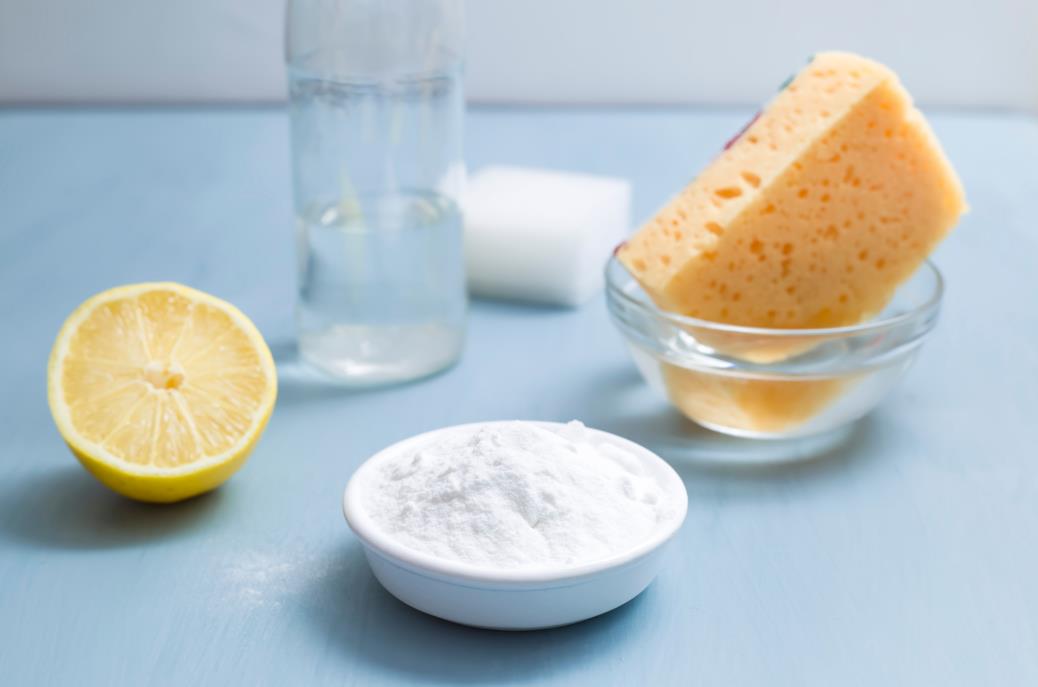
Over time, cutting boards can develop an unpleasant smell. Using a lemon is a great way to remove the odor and leave the board smelling fresh. Lemon juice is a natural disinfectant and will also help break down any stubborn stains.
To make a lemon mix, add 1 part lemon juice with 1 part water. Apply the solution to the board with a clean cloth and let it absorb for 30 minutes. Rinse the board with clean water and dry it with a clean towel.
Bleach the stains
You can try bleaching if your board has tough stains that won’t come out with soap and water. Hydrogen peroxide is an effective bleaching agent and will also help kill bacteria. If that peroxide doesn’t work, mix three parts of water with one part of concentrated bleach. Only use bleach as the last resort as it can damage the board.
To use hydrogen peroxide, soak a paper towel in the solution and apply it to the stained area. Let the paper towel sit on the stain for 10 minutes, then rinse the board with clean water. If you’re using bleach, mix the solution and apply it to the board with a clean cloth. Rinse the board thoroughly with clean water and dry it with a clean towel.
Use vinegar and baking soda
A paste made from vinegar and baking soda is an excellent way to remove tough stains and odors from your board. Both are independent cleaning agents, but combining them creates a powerful cleaning paste.
First, apply a light coat of baking soda to the board. Next, spread a tablespoon of vinegar over the baking soda. Let the paste sit on the board for 10 minutes, then clean the surface with a sponge and warm water. Rinse the board with clean water and dry it with a clean towel.
Use coarse salt
Salt is a great way to cleanse and disinfect the board. It’s also effective at removing tough stains and odors. To use salt, sprinkle a layer over the board and scrub it with a paper towel in circular motions. Salt will absorb any excess moisture and break down any stubborn stains.
Bamboo vs. wood cutting board
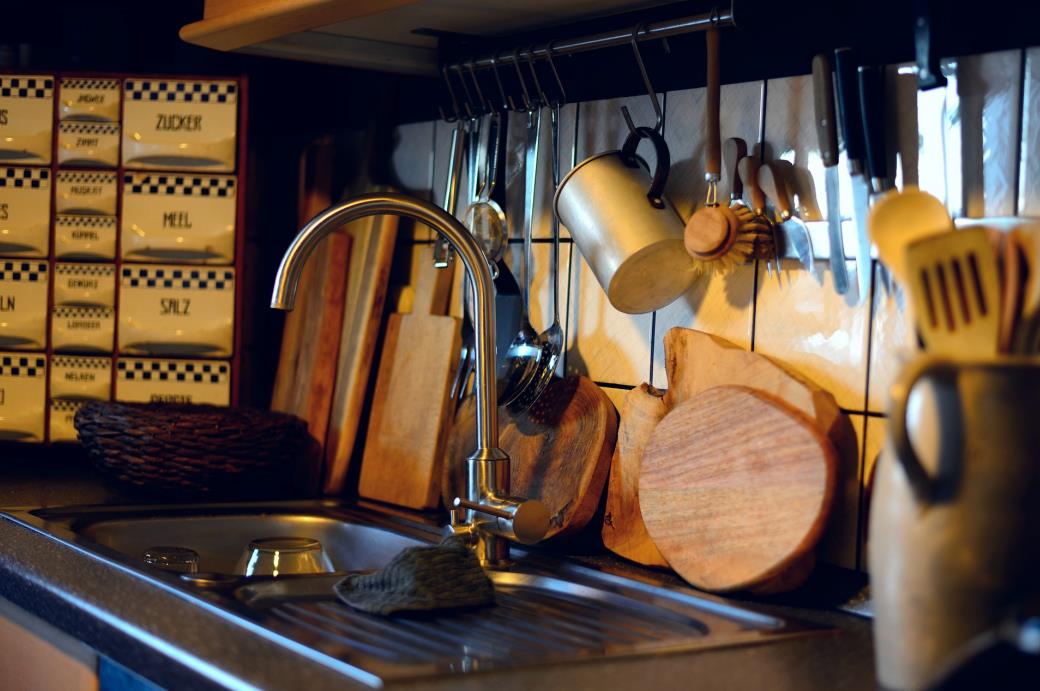
Both bamboo and wood make excellent cutting boards. However, each material has its own set of pros and cons. Note that wooden cutting boards can either be end grain, edge grain, or face grain. Also, wooden cutting boards are majorly made of hardwoods like maple, beech, and cherry.
The table below compares the two materials:
| Bamboo cutting board | Wooden cutting board |
| Bamboo is cheaper | Hardwood is more expensive |
| Fibers can be tough on knives | End grain and face grain are more gentle on knives |
| More eco friendly | Less eco friendly |
| Lightweight and flexible | Heavier and more rigid |
Which one should you choose
The best cutting board for you depends on your needs and preferences. Bamboo is the way to go if you’re looking for a lightweight and eco-friendly option. However, if you want a cutting board that’s more gentle on knives, end grain wood is perfect.
We recommend that you get both types of cutting boards. Having both gives you the best of both worlds and allows you to use the right board for the right job. Bamboo is excellent for everyday use, while wood is better for more heavy-duty tasks like carving meat.
When to replace a cutting board
After extended use, bamboo cutting boards can start to show wear and tear. If your cutting board is starting to look ragged, it might be time to replace it.
Here are a few signs that it’s time to get a new bamboo cutting board:
- The surface has cracks and splits: Cracks on the surface of your cutting board can harbor bacteria. If your cutting board is starting to crack, it’s time for a new one.
- The surface has deep grooves: Deep grooves in the surface of your cutting board can also harbor bacteria. If your cutting board is starting to look deeply grooved, it’s time for a new one.
- A discolored or dull surface: Over time, the surface of your bamboo cutting board can become discolored or faded. If you’re not happy with the way your cutting board looks, it might be time for a new one.
- A warped or distorted surface: If your cutting board is warping or becoming misshapen, perhaps it’s time to replace it. A warped or distorted cutting board can be more challenging to use and can also harbor bacteria.
Bamboo cutting board care (FAQs)
Can I treat my bamboo cutting board with olive oil?
The only way to treat bamboo is with food-grade mineral oil. Avoid using olive oil, as it can go rancid and affect food flavor. Food-based oils such as coconut oil, sunflower oil, corn oil, and peanut oil can also go rancid.
How often should you oil a bamboo cutting board?
Oil your bamboo cutting board once a month with food-grade mineral oil. If you use your cutting board daily, you may need to oil it more often. Only use a thin layer of oil. The oil will pool on the surface and go rancid if you use too much.
How long does a bamboo cutting board last?
The average bamboo cutting board will last for about five to ten years with proper care and maintenance. Avoid heavy use and harsh cleaning agents, as they can shorten the lifespan of your cutting board. Also, avoid placing the bamboo cutting board in a dishwasher, as the high temperatures can damage the board.
Closing
Proper bamboo cutting board care is key to prolonging the life of your board and keeping it looking and performing its best. Cleaning after every use and oiling at least once every month will help keep your board in top condition. If your bamboo cutting board shows signs of wear, don’t hesitate to replace it – a dull or damaged cutting board can be dangerous to use.
Check out our blog for more information on cutting boards and other kitchen essentials. You can also visit our store for high-quality knives and other kitchen accessories that will change the way you cook.








